In recent years, the Belarusian authorities have been actively fighting against the use of the country’s former national flag - Alexander Lukashenko directly called it fascist, and pro-government historians consider the white-red-white banner a collaborationist symbol. We decided to check if this is true.
The Belarusian authorities have long called the white-red-white flag fascist. In November 2020, Alexander Lukashenko stated: “I don’t fly under fascist BCHB flags. And I openly say that this is fascist symbolism.” Pro-government people say the same thing political scientists And historians. In addition, in recent years, cases of persecution of Belarusian citizens for using not only the flag, but also symbols in general that match the colors have become more frequent. For example, Belarusians received fines for white socks with a red stripe and a white and red TV box left on the balcony. And in April 2023, five residents of Minsk sentenced to prison terms for hanging a white-red-white flag on the facade of a house under the article “On promoting extremist activities.”
The first mention of red and white banners as a symbol of the liberation movement for Belarusians dates back to Polish uprising 1863–1864. Belarusian troops also took part in it. Kastus Kalinowski, which operated on the territory of modern Lithuania and Belarus and used red and white ribbons as distinctive signs. But this cannot yet be considered a full-fledged flag.
The issue of national symbols began to be seriously discussed after the February Revolution of 1917. In early March, at the house of the Belarusian Society for Relief to War Victims in Petrograd appeared white-red-white flag with horizontal stripes. Its author was presumably an employee of the company Claudius Duzh-Dushevsky - later an architect, journalist and politician.
On March 25, 1917, the First Belarusian Congress took place in Minsk, at which the following was adopted resolution: “Due to the fact that white and red patterns predominate in Belarusian folk art, it is considered appropriate to use these colors in the Belarusian state flag. Therefore, the committee decided that the flag should consist of three horizontal stripes of equal width - white, red and white, and its length should be twice its width."
In December 1917, in the building of the Minsk City Theater (now the National Academic Theater named after Yanka Kupala) First All-Belarusian Congress, where political and public organizations of Belarusians were presented. In 2012, during the reconstruction of the theater, a card with an image of a white-red-white flag was found, which presumably served as a pass to the convention.
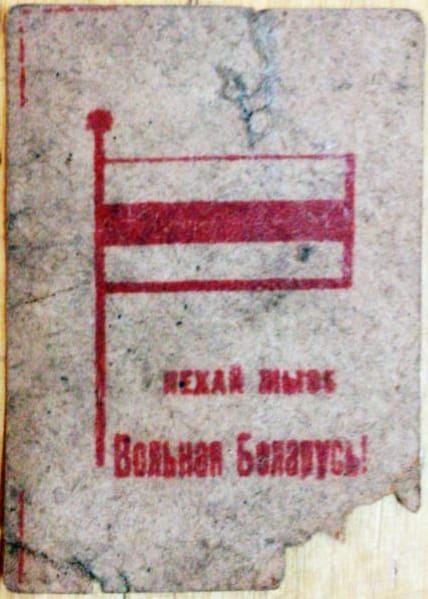
In 1918, the territory of modern Belarus was occupied by German troops. On March 25, under these conditions, there was proclaimed The Belarusian People's Republic with its capital in Minsk, at the same time the white-red-white flag became the state flag.
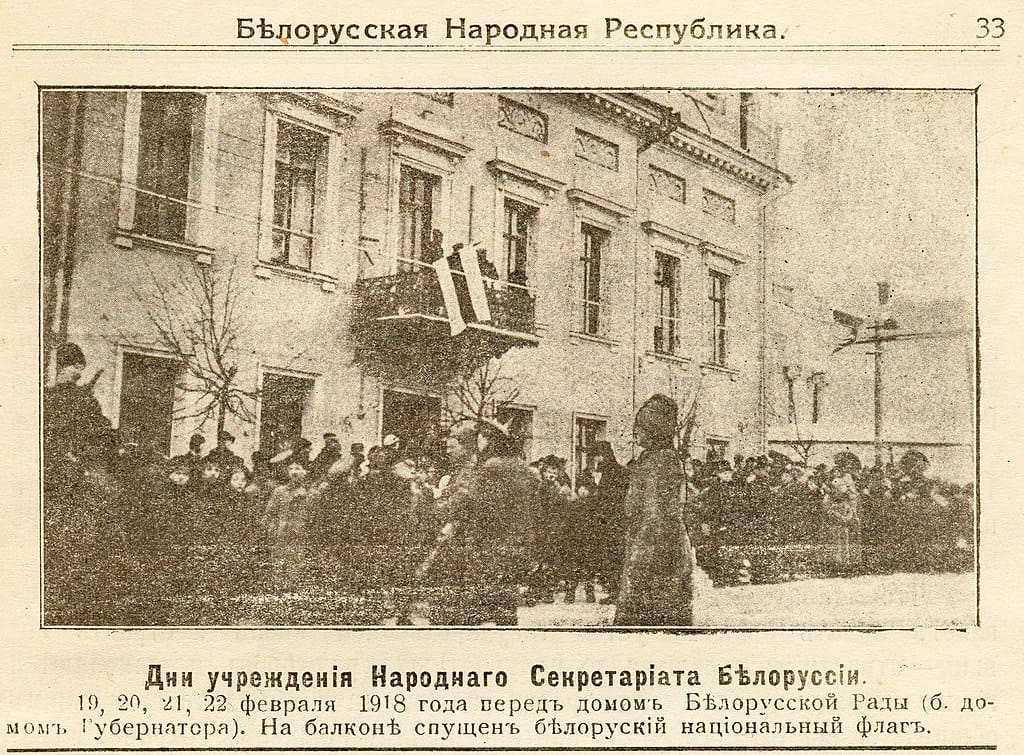
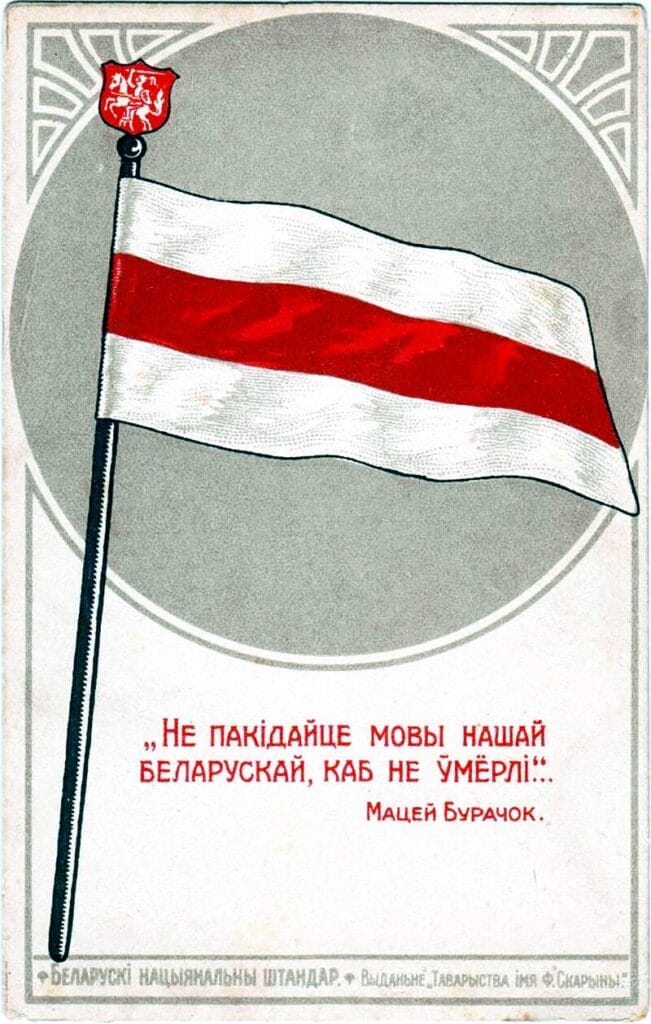
When in 1921, under the terms of the Treaty of Riga, the territory of Belarus was divided between Soviet Russia and Poland, the BPR government moved to Vilna (now Vilnius, Lithuania), then to Kaunas and finally to Prague. The emigrants slightly changed the appearance of the flag: now the red stripe was framed by black lines, symbolizing mourning for independent Belarus.
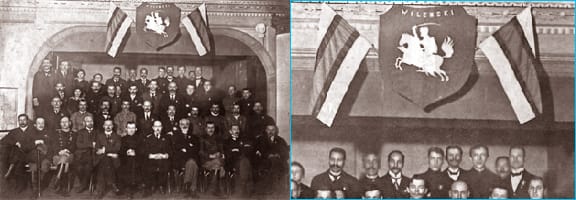
The flag returned in time occupation Belarus by Nazi Germany (1941–1944). The occupation authorities did not issue official documents regarding permission to use the national flag, but during ceremonial events white-red-white flags were hung on the streets.
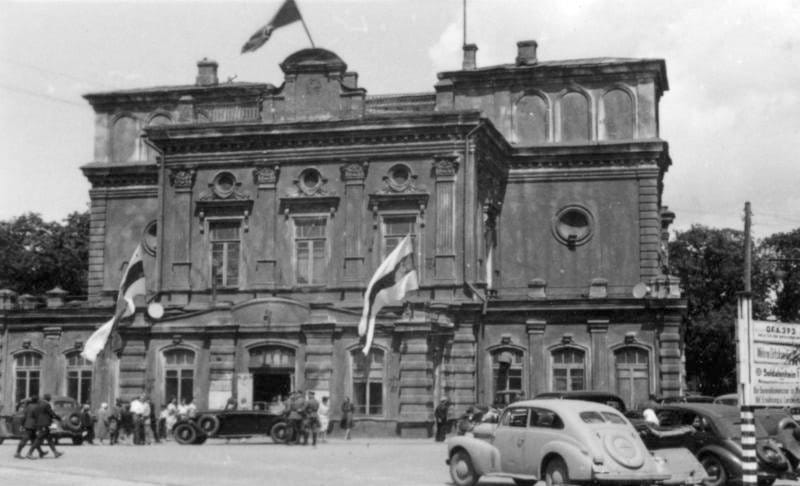
Also, white-red-white symbols were used by collaborationist organizations: Belarusian Self-Defense Corps (1942–1943) and Union of Belarusian Youth, modeled after Hitler Youth.
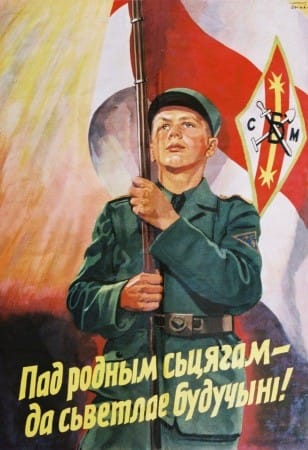
The most likely author of the Belarusian national flag, Klavdiy Duzh-Dushevsky, was arrested by the Germans in 1943 for harboring Jews and spent a year in a concentration camp. However, after the war he was again sent to the camps, already on charges of anti-Soviet activities and Belarusian nationalism.
In 1991, after the declaration of independence of Belarus, the white-red-white flag was again approved as a state one.
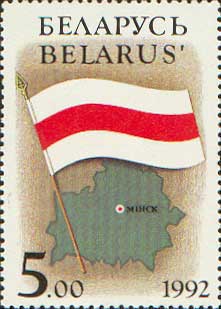
It was under this flag that Alexander Lukashenko, elected president of the country in 1994, took the oath of office.
After coming to power, Lukashenko initiated referendum, as a result of which Belarus approved new state symbols, including a red-green flag with a national ornament. The white-red-white flag has become a symbol of the opposition; since 1996 people have marched under it. protests opponents of the regime.
Thus, the statements of Alexander Lukashenko and his supporters that the white-red-white flag primarily refers to collaborationist symbols are incorrect. It arose during the February Revolution and was used as a symbol of independence by various governments of Belarus, as well as emigrants. The argument that the flag “compromised” itself during the Second World War does not stand up to criticism: in the same way, a variety of national formations within the German army and SS chose other flags of the pre-Soviet period as distinctive signs - for example, the Russian tricolor and the St. Andrew's flag in Russian Liberation Army General Vlasov.
Cover photo: Maxim Shikunets / Wikimedia Commons
- Is it true that “Long live Belarus!” - Nazi slogan?
- Is it true that the slogan “Glory to Ukraine!” was invented by the Banderaites?
- Is it true that the state symbols of Ukraine are borrowed from other countries?
- Is it true that Peter I borrowed the Russian flag from the Dutch?
If you find a spelling or grammatical error, please let us know by highlighting the error text and clicking Ctrl+Enter.






